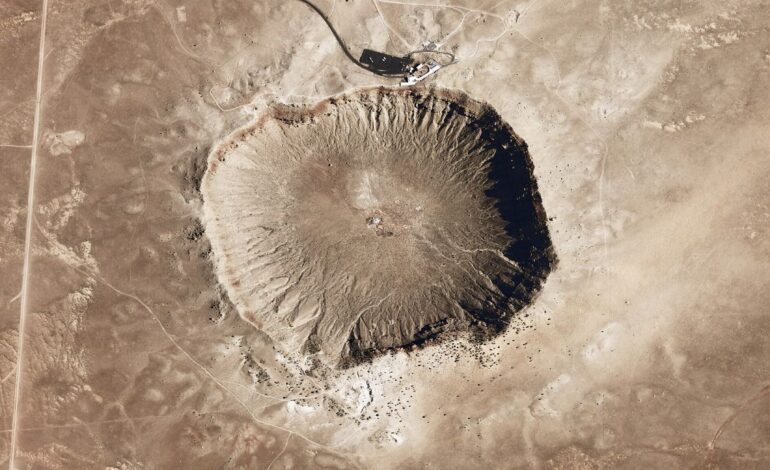New Study Reveals Earth’s Oldest Impact Crater is Much Younger

A recent study has determined that what was once believed to be Earth’s oldest impact crater is actually much younger than previously thought. Located in the remote Pilbara region of Western Australia, the crater, known as the Miralga impact structure, was initially estimated to have formed around 3.5 billion years ago. This claim made headlines, suggesting it could be the oldest crater on the planet. However, new research, published in Science Advances, challenges this assertion, indicating that the impact event likely occurred at least 800 million years later.
The original report declared the crater’s diameter to be over 100 kilometers and suggested it played a significant role in the formation of continental crust in the Pilbara. Additionally, the researchers speculated that the impact might have influenced early life on Earth. The new study, led by a different research team, disputes these findings, concluding instead that the impact occurred after 2.7 billion years ago and that the crater is approximately 16 kilometers in diameter.
Discrepancies in Research Findings
The apparent contradiction between the two studies stems from different methodologies used to date the crater. Both teams agree on the presence of distinctive geological features known as shatter cones, which indicate a meteorite impact. These conical formations are created by the shock waves generated during an impact event and have been found among the rocks in the region.
While the first group identified shatter cones within a sedimentary layer believed to have formed 3.47 billion years ago, they did not find any in younger rocks above this layer. This led them to conclude that the impact occurred during the deposition of that sedimentary layer. In contrast, the new analysis found shatter cones in both the ancient rocks and in younger lava formations known to have erupted 2.77 billion years ago. This evidence suggests a more recent impact, specifically after the formation of the younger lavas.
The precise timing of the impact remains uncertain, but researchers estimate that it occurred sometime between 2.7 billion and 400 million years ago. Ongoing efforts to date the impact using isotopic methods may yield more definitive results in the future.
Significance of the Findings
The smaller size of the Miralga crater, now understood to be only 16 kilometers across, raises questions about its geological significance. The original hypothesis that it could have influenced the formation of continents or early life is increasingly viewed as unlikely. By the time of the impact, the Pilbara region was already considered ancient itself.
In recognition of the local heritage, the researchers consulted the Nyamal people, the Indigenous community associated with the land, and adopted the traditional name “Miralga” for the impact structure.
The findings from this study not only reshape our understanding of the Miralga impact but also highlight its potential connection to other planetary bodies, particularly Mars. The basaltic rocks affected by the impact are significant because they represent some of the oldest shocked target rocks known, providing insights into both Earth’s and Mars’s geological history.
This research underscores the evolving nature of scientific inquiry, where new data can lead to revisions in our understanding of Earth’s history. The Miralga impact structure serves as a valuable site for planetary scientists, offering a terrestrial analog for studying craters on Mars, enhancing our knowledge of both planetary formation and the conditions that may have supported early life elsewhere in the solar system.






